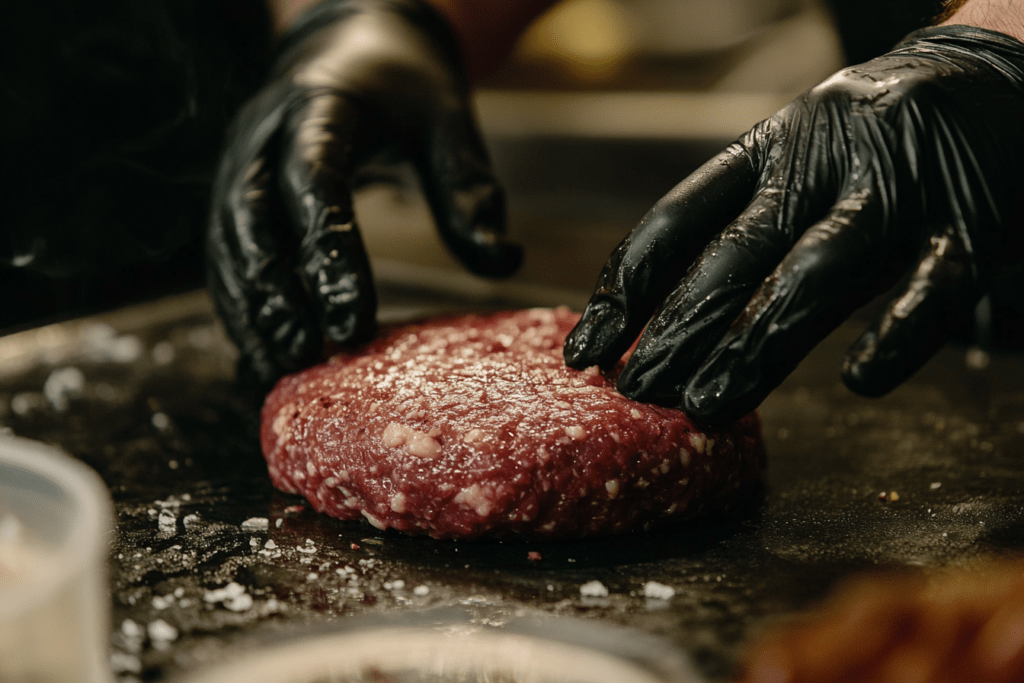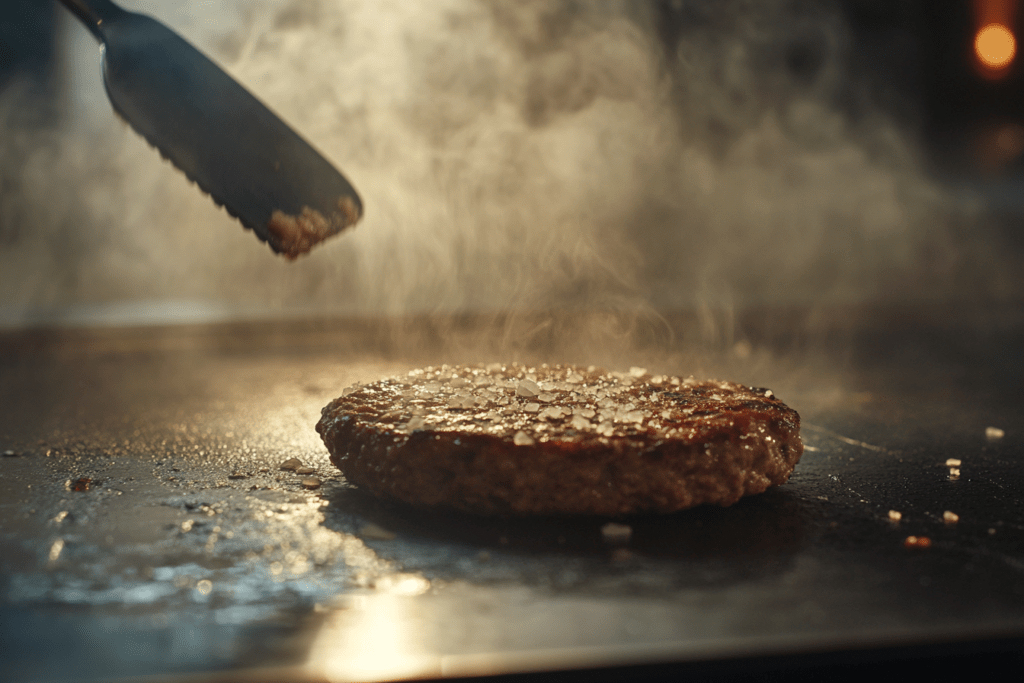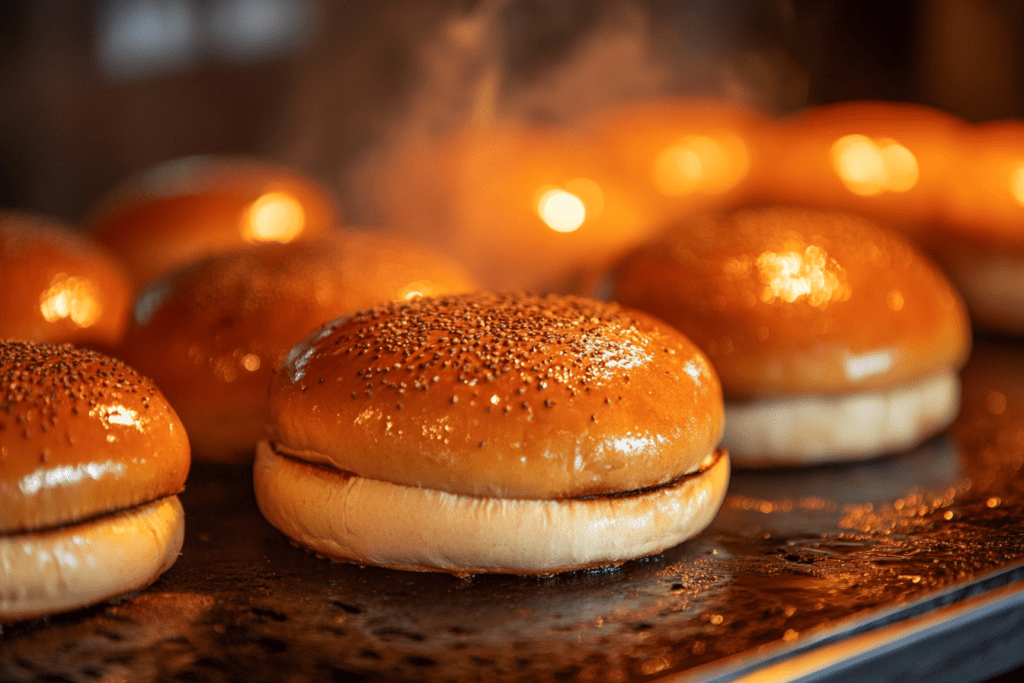Ever wondered why that burger from your favorite restaurant hits different compared to the ones you make at home? The answer lies in a combination of carefully selected ingredients, professional techniques, and equipment that transforms simple ground beef into an exceptional meal. From the quality of meat to the precise cooking methods, restaurants have mastered the art of creating the perfect burger.
The perfect blend of premium beef makes the difference

Restaurant burgers start with superior quality meat, typically using a blend with 25-30% fat content. This higher fat percentage creates the foundation for a juicier, more flavorful burger. Many establishments work directly with butchers to create proprietary blends that might include different cuts of beef, each contributing unique characteristics to the final product.
The handling of this premium meat is equally important. Restaurant chefs understand that overworking the ground beef can lead to dense, tough patties. Instead, they form the patties with minimal pressure, allowing the meat to maintain its natural texture and creating pockets that trap flavorful juices during cooking.
Professional equipment creates the perfect sear
The secret weapon in restaurant kitchens is their commercial-grade equipment. Salamander broilers can reach temperatures up to 1500°F, creating an intensely flavorful crust while keeping the interior perfectly juicy. Flat-top griddles provide consistent heat distribution and allow the burger to cook in its own rendered fat, amplifying its rich flavor.
These high temperatures also facilitate the Maillard reaction, a chemical process that creates hundreds of flavor compounds and that distinctive browned exterior. What if you had access to this professional equipment at home? The result would likely rival your favorite restaurant’s offering.
Simple seasoning applied at the right moment

Timing is everything when it comes to seasoning. Restaurants know that adding salt just before cooking creates an optimal crust while keeping the interior moist. Most establishments stick to simple salt and pepper, allowing the quality of the meat to shine through rather than masking it with complex spice blends.
This minimalist approach to seasoning might seem counterintuitive, but it’s backed by years of experience. The salt draws moisture to the surface, which then combines with the high heat to create a flavorful crust that seals in the juices.
Quality buns that complement the meat

The bun choice in restaurants isn’t random. Many opt for brioche or potato buns that offer the perfect balance of texture and flavor. These buns are usually toasted on the same griddle as the burger, allowing them to absorb some of the flavors while developing a slight crunch that contrasts beautifully with the tender meat.
The structure of these professional-grade buns is also crucial. They’re sturdy enough to hold up to the juicy patty without falling apart, yet soft enough to complement rather than compete with the burger’s texture.
The restaurant burger’s superior taste comes down to a masterful combination of quality ingredients, professional equipment, and precise technique. While replicating these conditions at home might be challenging, understanding these elements helps explain why that restaurant burger creates such a memorable experience. Next time you bite into a perfectly crafted restaurant burger, you’ll appreciate the expertise and attention to detail that went into creating it.


